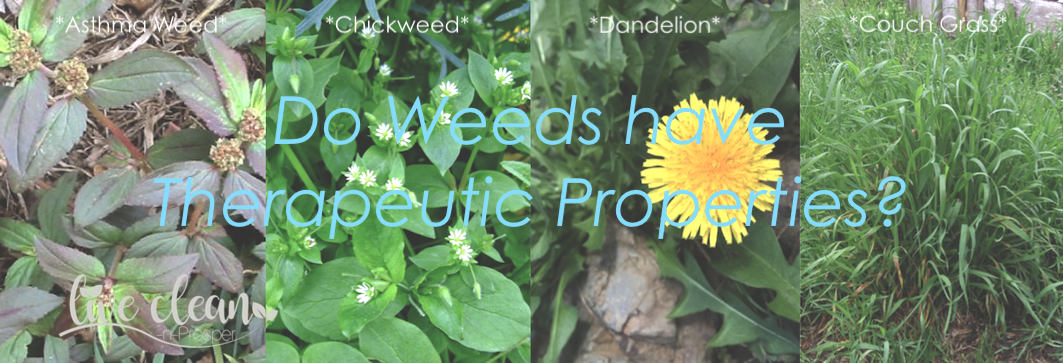Today’s post is all about Olive Leaf Extract.
Around this time of year many chemists and health food stores have big displays of this product along side other cold & flu preventatives.
I have always considered olive leaf extract a great supplement for the immune system. However, it helps the body with so much more than colds & flu.
The use of the products derived from the olive tree on human health dates back centuries. In several civilisations, the olive tree had and still has a very strong cultural and religious symbolism.
Recently, accumulating experimental and clinical studies have given support to the traditional beliefs of the health benefits provided by olives and olive derivatives.
What is Olive Leaf Extract?
Olive leaf extract comes from the leaves of an olive plant. Just like olive oil, the extract from the plants leaves is chock full of potent antioxidants, polyphenols and flavonoids.
In particular, a polyphenol called oleuropein. This nutrient is thought to contribute to the anti-inflammatory and antioxidant properties of olive leaf extract.
How does it improve our health?
Besides protecting the body from harmful free radicals, oleuropein is also a well-documented antiviral. The oleuropein works on the protein coat of the virus. It is thought to inactivate micro-organisms by dissolving the outer lining of the microbe and penetrating the infected cells.
For its antimicrobial properties, oleuropein can be used for the treatment of respiratory tract and intestinal infections.
In addition, studies have shown that olive leaf extract also supports fat loss by improving how efficiently insulin works in your body, thereby reducing the amount of fat your body stores.
Olive leaf extract also helps stimulate the immune system to destroy infectious organisms. This can prevent the onset of colds, flu, and a range of viruses, yeast, fungal and mould problems, bacterial infections and parasites.
Several different studies have shown that the therapeutic properties of olive leaf extract may help in –
- Lowering inflammation.
- Protecting the digestive system and the central nervous system.
- Inhibiting microorganism growth and preventing oxidation or cell damage.
- Stabilising blood sugar and lowering cholesterol.
- Protecting the brain against Alzheimer’s and Parkinson’s
- Improving heart health and lowering blood pressure
Another beneficial compound found in olive leaf extract is oleanolic acid. A 2006 study found that this acid interacts with the body in a way that increases the metabolism. It also boosts the thyroid, and ultimately leads to increased energy.
How much should we take?
There are no official guidelines on how much olive leaf extract a person should take. In the human studies discussed above, participants usually took 500–1,000 mg per day of a standard olive leaf extract. Some of these were in divided doses. (Sources – www.ncbi.nlm.nih.gov, www.hindawi.com, www.webmd.com,)
There are so many research articles and other information available on the benefits of olive leaf extract, I could have written so much more.
Basically, I think that all of this information shows that this extract, taken from the leaves of olive trees, is so good for us. We should take it every day to stay well and healthy.
Till the next post,
Live clean n prosper.

